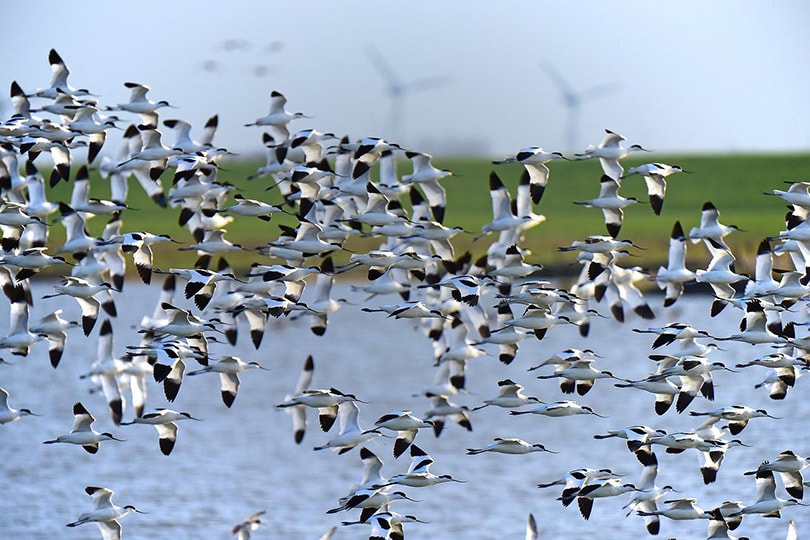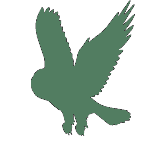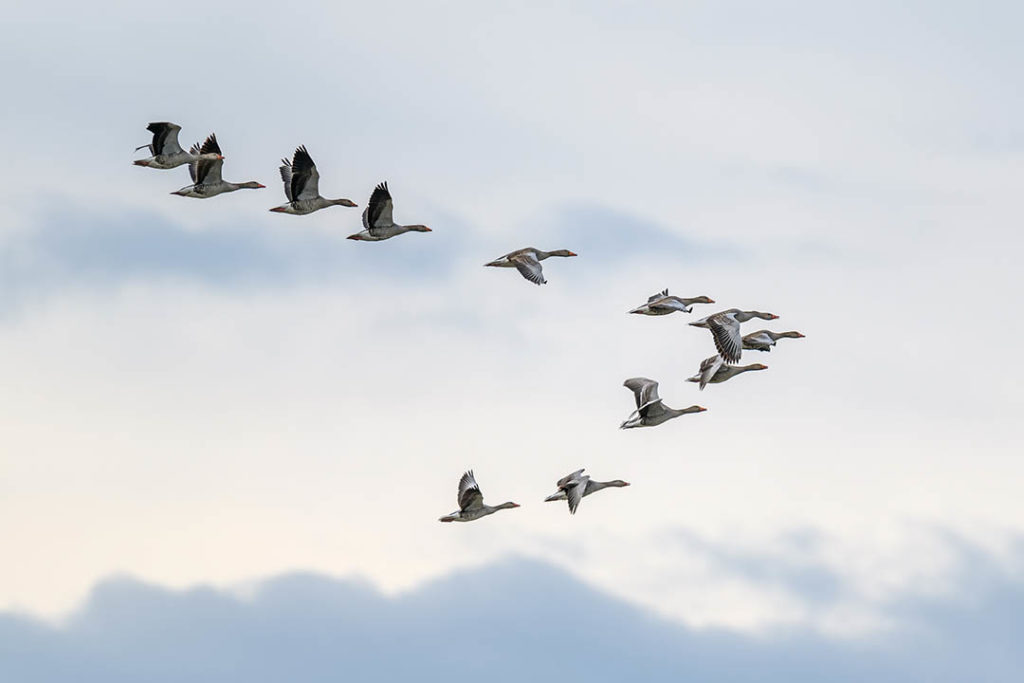How Do Birds Know Where To Migrate? What The Science Tells Us
Last Updated on

It’s common knowledge that many birds fly south for the winter, but have you ever thought about the why and how? Different birds have different migration patterns, with some birds staying put all winter, some moving only a few miles, and others flying hundreds or thousands of miles. Migrating lets birds get more food year-round, but it also requires some specialized skills that help birds return to the same places every year. This article goes over some of the tools birds use to navigate.

Sun and Stars
One of the best-understood migration tools birds use is visual cues from the sun and stars. Birds likely use the shortening and lengthening days as a signal for when to leave, and they orient themselves against the sun (and sometimes the stars) to find their way. This is more complicated than it sounds—birds need to have a pretty good internal clock since the sun’s position changes throughout the day. They also need to have sharp eyesight that lets them figure out where the sun is on cloudy days. But the sun’s cues are reliable and consistent no matter where they are, so it’s a great source of information for birds.

Magnetic Migration
Another way that birds navigate is by sensing the earth’s magnetic field. The magnetic field makes compasses point north, and it can also help birds find their way. Birds have several senses that work together to find magnetic north. Iron in their ears likely responds to changes in magnetism, giving them a unique sense of direction. New research shows that birds might sense magnetism in other ways too. Specialized cells in a bird’s eyes might help them to “see” magnetism, and a sensitive nerve in their beaks might let birds feel how close they are to the pole.

The Sight and Smells of Home
The last part of the migration toolkit is likely a combination of sight and smell that lets birds find familiar routes. It’s not known how much birds rely on memory to retrace their route every year, but some research has shown that some birds stay in familiar places each year and use sight and smell to pinpoint the exact location of their summer feeding grounds. This long-term memory likely helps them pick the best route to get from point A to point B. Many birds even travel by different routes in the spring and fall, learning over the years which paths give them the best food sources on their journey at different times of year.

Last Thoughts
There’s still a lot to learn about migration—from how young birds learn the best ways to fly to the steps we can take to make migration safer. But we have a pretty good idea of some of the most important ways that birds get around. Long-distance migrators have some pretty amazing skills, including senses that we don’t even experience. All those senses come together to help birds safely migrate between winter and summer homes.
Featured Image Credit: Georg_Wietschorke, Pixabay
About the Author Chelsea Mortensen
Chelsea Flake Mortensen has a BA in English and Creative Writing from Brigham Young University. Chelsea is a writer with a passion for animals having grown up around everything from cats and birds to chameleons and fish. She now writes about a variety of topics.
Related Articles:
How to Collimate Binoculars: 9 Expert Tips
How to Clean a Refractor Telescope: Step-by-Step Guide
How to Clean a Telescope Eyepiece: Step-by-Step Guide
What Is the Best Binocular Magnification for Hunting? Optical Features Explained
How to Clean a Rifle Scope: 8 Expert Tips
Can You Use Binoculars to Look At Stars? How to Choose the Right Pair
How to Choose Binoculars for Bird Watching: 10 Expert Tips
10 Types of Hummingbirds in Arkansas (With Pictures)
